PHILIPPE BOLTON
HANDMADE RECORDERS & FLAGEOLETS
LECTURES ON THE RECORDER
1° "FROM THE TREE TO THE RECORDER"
An introduction to the history, acoustics and making of the recorder, a slide lecture in different versions (from basic to advanced) to cater for the needs of schools, conservatories and the general public.
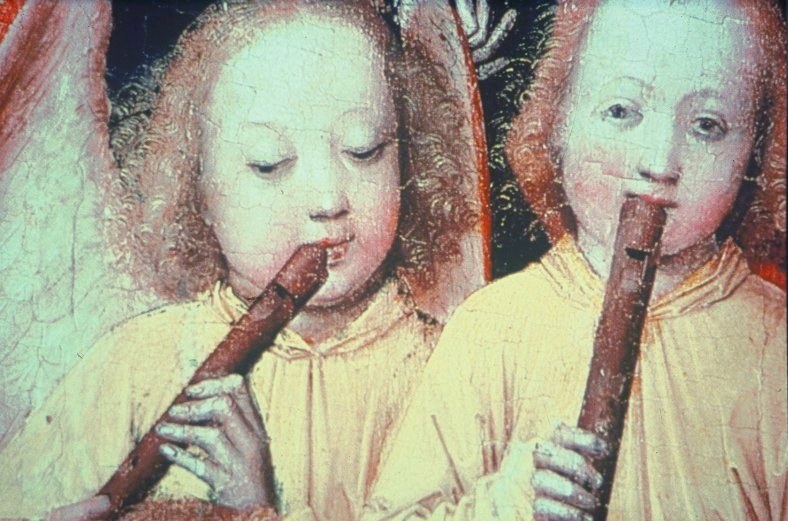
|
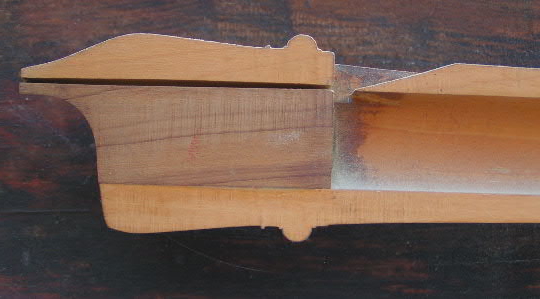
|
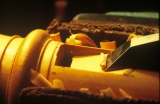
|
2° MORE ABOUT THE RECORDER
The recorder probably appeared during the middle ages, as a development of wind instruments that had been in use since prehistoric times. It then evolved considerably until it almost disappeared at the end of the baroque period
This lecture explains how the instrument works, and how and why it changed over the centuries in response to musical taste of different periods until the present day.
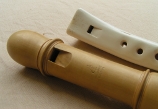
|
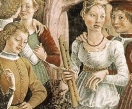
|
 |
3° THE RENAISSANCE RECORDER
A lecture on the different recorders played during the Renaissance : an examination of the information from different treatises, and from the profiles of some of the surviving original instruments.
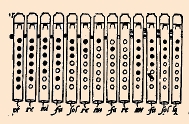
|
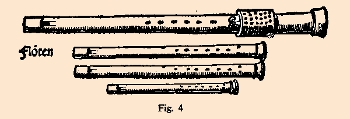
|
4° THE XVIIth CENTURY RECORDER
A slide lecture on recorder fingerings from 1535 to 1650 as shown by the treatises and fingering tables of the period, and on the types of recorder most suited to playing pre-baroque music. The controversial question of the historic reality of the "Ganassi recorder" is also discussed here.

|

|
5° THOMAS STANESBY Jr. AND HIS "TRUE CONCERT FLUTE"
A lecture given together with the flute maker Alain Polak
A presentation of the baroque flute and the recorder as seen by the famous London maker Thomas Stanesby whose workhop produced both instruments, and who, still believing in the recorder in spite of its waning popularity, built a version capable of playing with the traverso or even replacing it. This lecture will be illustrated with duets by Michel Blavet harmoniously blending the tone of both instruments.
 
|
6° THE DEATH & REBIRTH OF THE RECORDER
Since it was no longer able to compete with the traverso, the recorder was more or less abandoned at the end of the baroque period,
and was revived towards the end of the nineteenth century to become what it is today.
This lecture examines the cincumstances of its disappearance, presents similar instruments which continued to be used during its absence of about 150 years
and relates the history of its revival.
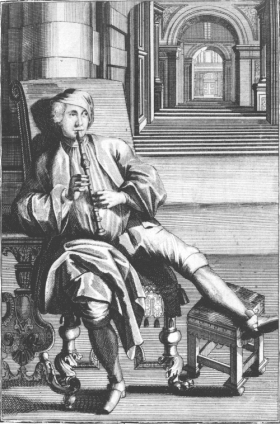
|


|
7° THE HISTORY OF THE RECORDER
The recorder first appeared in the Middle Ages. It went through three important periods, the Renaissance, the Baroque and, more recently, the 20th Century.
After the Baroque period it fell into disuse and was almost forgotten for 150 years. However it came back towards the end of the 19th century and became what it is today, an instrument whose repertoire
covers about 700 years.
This lecture explains the principal developments of its long history, as seen through iconography and the original instruments today kept in museums, examines the similar instruments that continujed to be played
during its time of oblivionand relates its recent revival.

|
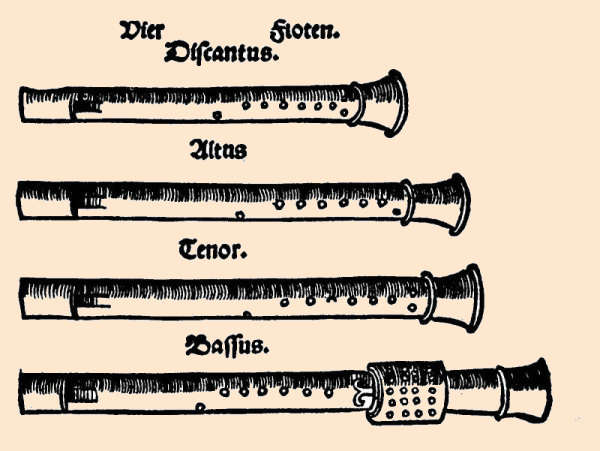
|

|
8° RECONSTRUCTING INSTRUMENTS FROM ICONOGRAPHY
Until the 19th century musicians only played music of their time on instruments of their time. Since the early music revival it has become necessary to research for sounds from the past. When original instruments are missing paintings and sculptures can help us to reconstruct instruments that no longer exist.

|
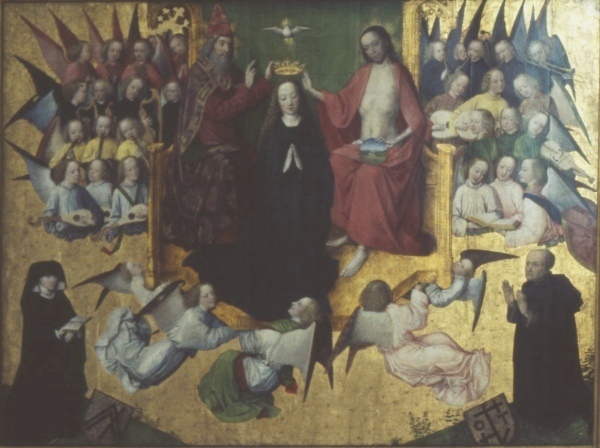
|
9° THE FLAGEOLET
This lecture explains the history of an instrument of the same family as the recorder which did not disappear after the baroque era but continued to evolve and be played during the whole of the 19th century and even beyond, up to the Great War.

The flageolet in France et in Europe
10° PRACTICAL WORKSHOPS
An introduction to the basic techniques for keeping recorders in perfect condition, and solving some simple problems related to speech and tuning, mainly for music school teachers and students.

|
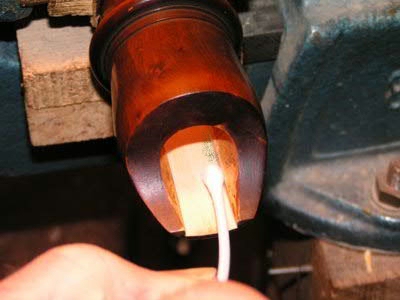
|
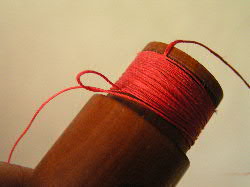
|
11° RECORDER MAKING COURSES
Particpants will make a medieval soprano recorder with a cylindrical bore from a kit prepared in advance. An introduction to voicing and tuning techniques.
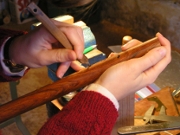
|
This list is not exhaustive. Other subjects can be addressed on request.